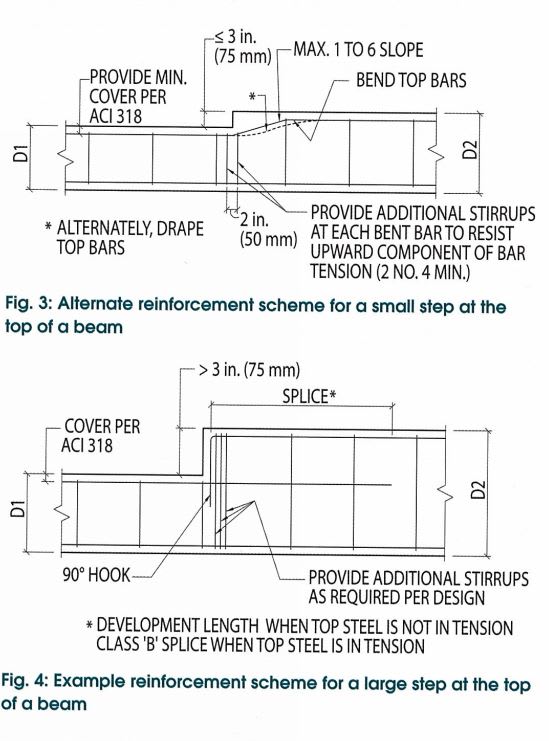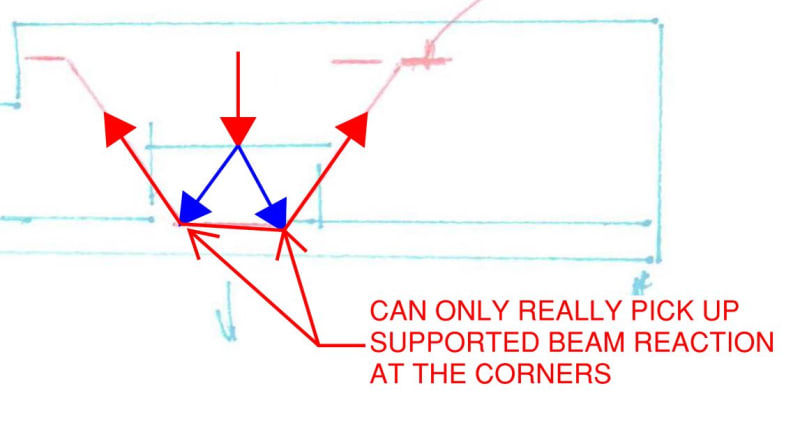Hi
Is a thought provoking question on hanger bars. If there is a bottom load acting on a RC beam, hanging ties must be provided and tie to the top bar to support the load. Please see sketch in Case 1.
In case 2, what happen if there is a step and causes discontinuity in the top bar?
Must the top bar behave like beam supported on both ends?
In case 3, instead of hanging links, some recommends using V bars and they are supported by the top comressive force
Is a thought provoking question on hanger bars. If there is a bottom load acting on a RC beam, hanging ties must be provided and tie to the top bar to support the load. Please see sketch in Case 1.
In case 2, what happen if there is a step and causes discontinuity in the top bar?
Must the top bar behave like beam supported on both ends?
In case 3, instead of hanging links, some recommends using V bars and they are supported by the top comressive force



